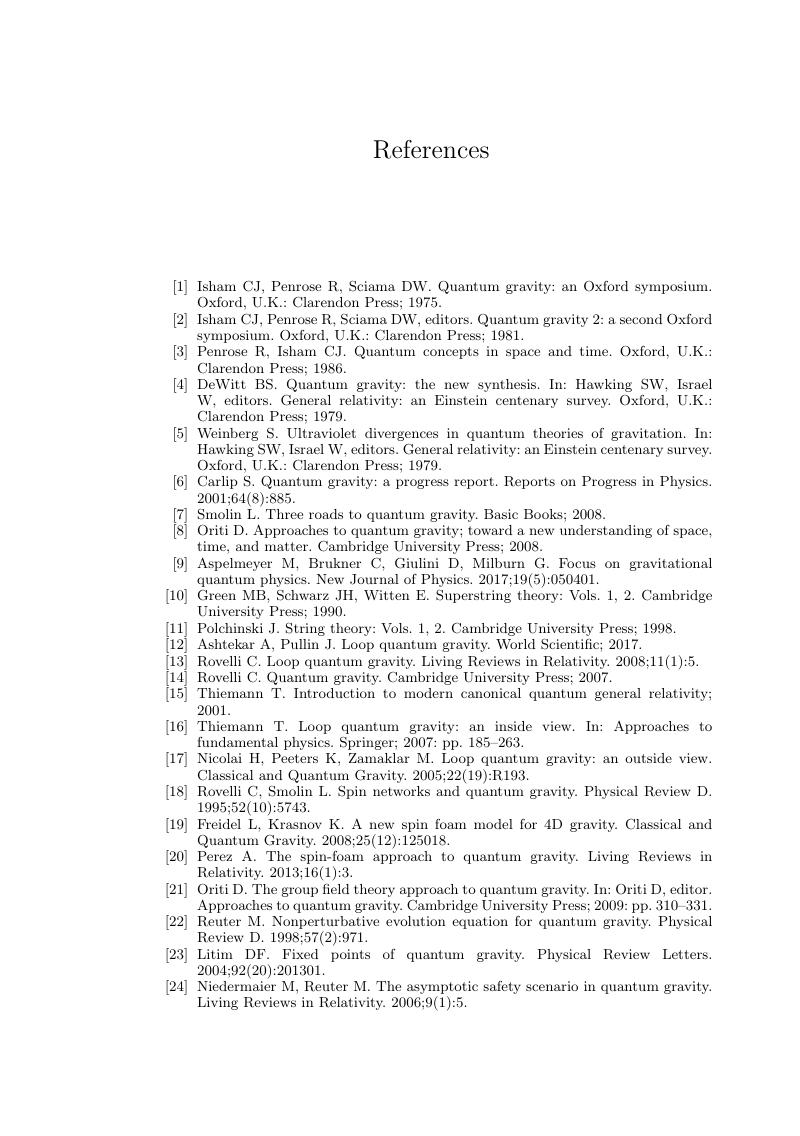
**Optical Innovations in the Early 17th Century: Johannes Kepler’s Impact on Light Science**
The early 17th century marked a period of significant change in the realm of optics, significantly influenced by the efforts of German astronomer Johannes Kepler (1571–1630). While previous centuries had seen major strides in diverse scientific fields such as statics and hydrostatics, attention now turned to optics—especially with the release of Kepler’s seminal work *Ad Vitellionem Paralipomena, Quibus Astronomiae Pars Optica Traditur* (1604), commonly known as *Astronomiae Pars Optica*, which transformed the study of optics.
Kepler’s *Astronomiae Pars Optica* is regarded as a groundbreaking manuscript. This text, even by contemporary standards, altered our understanding of light behavior, covering a wide range of subjects including atmospheric refraction, the inverse-square law of light intensity, pinhole cameras, and the anatomical optics associated with the eye. By thoroughly exploring these themes, Kepler established new foundations for what we classify as the physics of optics.
### Kepler’s Principles on Atmospheric Refraction
Kepler’s fascination with optics blossomed during his residence in Prague, where he collaborated with the esteemed Danish astronomer, Tycho Brahe. In their joint research, Tycho introduced Kepler to atmospheric refraction—the bending of light as it moves between different media, such as from the vacuum of space entering the Earth’s atmosphere. This kind of refraction leads to a variety of optical effects, including the elliptical appearance of the setting Sun as viewed from Earth.
Although the notion of refraction was recognized since ancient times, particularly to explain the illusion of objects submerged in water, Kepler expanded upon this foundational knowledge by applying it to the observation of celestial bodies. Islamic scholars, such as Ibn Sahl and Ibn al-Haytham, had explored the concepts of refraction and the nature of optical lenses prior to Kepler’s contributions. However, it was Kepler’s systematic compendium of Tycho’s refraction tables that made significant empirical progress in quantifying atmospheric refraction.
Kepler made Tycho’s refraction tables available through publication and elaborated on how atmospheric refraction influences the perceived positions and shapes of heavenly bodies. Furthermore, Kepler identified a phenomenon akin to what we now describe as a “mirage,” resulting from a blend of refraction and reflection across varying thermal layers of the atmosphere. While he did not fully quantify atmospheric refraction, Kepler acknowledged its significance, thereby incorporating it into astronomical observations.
### The Camera Obscura and Pinhole Applications
A pivotal moment in Kepler’s optical contributions occurred when he observed a solar eclipse through a pinhole camera in 1600, yielding a distorted and magnified image of the Sun. This “pinhole problem” had confounded many thinkers before him, from Roger Bacon to later Renaissance scholars. Kepler cleverly resolved the issue by comparing the light rays’ behavior in a pinhole device to the principles of perspective drawing, drawing on explanations found in Albrecht Dürer’s *Underweysung der Messung* (1525).
He introduced the term “camera obscura” for this pinhole device and illustrated how the convergence of light rays at the pinhole led to the distorted visuals. This understanding itself marked a substantial advancement in grasping how light radiates and focuses, thereby playing a crucial role in the future development of photographic technology and the evolution of linear perspective in art.
### The Inverse-Square Law Governing Light Intensity
Among the most consequential advancements presented in his *Astronomiae Pars Optica*, Kepler formulated what we now call the inverse-square law governing light. In this principle, Kepler suggested that light from a source propagates spherically, indicating that light intensity diminishes in proportion to the square of the distance from the source. This concept, essential to both optics and broader physics, was vital in analyzing the behavior of light from celestial entities and facilitated the advent of new quantitative scientific methodologies.
Kepler elucidated the law by explaining that since the surface area of a sphere increases with the square of its radius, while the total light remains constant, the density (or “fortitude”) of light impacting a point on the sphere decreases in inverse relation to the increasing surface area—and, therefore, inversely proportional to the square of the distance.
### Exploration of Vision, Lenses, and Ocular Science
In *Astronomiae Pars Optica*, Kepler went beyond celestial optics. He delved into human vision—an intuitive progression for an astronomer who analyzed orbital paths by observing distant light points. Before Kepler, prevailing theories on vision were predominantly aligned with perspectivist ideas rooted in the work of thinkers like Ibn al-Haytham.
At that time, scholars…